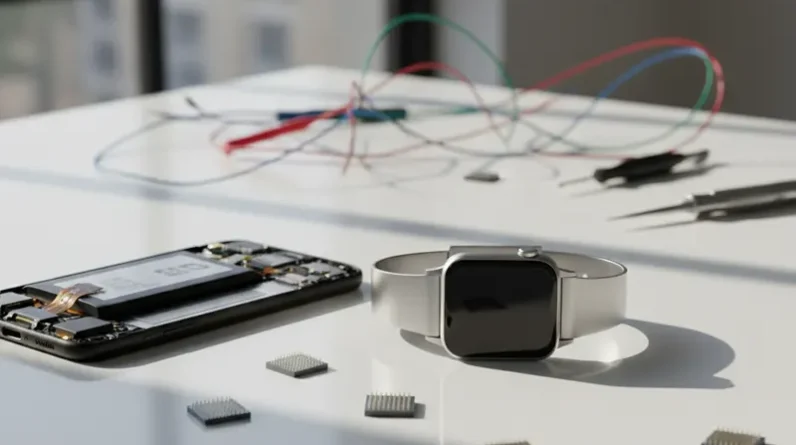
We’re overlooking firmware updates’ essential role in device maintenance, which guarantees our devices remain secure and functional over time. With 57% of devices running legacy firmware being highly exploitable, it’s clear updates are imperative. We’ll explore how updates impact security, functionality, and longevity, and what challenges come with them, so let’s take a closer look at what’s at stake for our devices.
Firmware Updates and Device Security
As we explore into the domain of firmware updates and device security, it’s clear that vulnerabilities in firmware pose a significant threat to device longevity. We’ve found that firmware vulnerabilities can lead to device exploitation, allowing hackers to bypass security measures. With 57% of devices running legacy firmware being highly exploitable, it’s vital to address these vulnerabilities. Firmware attacks have increased fivefold in four years, making it essential to prioritize firmware security to prevent device exploitation and guarantee device longevity. We must take action to mitigate these risks and protect against firmware vulnerabilities.
Firmware Updates and Functional Longevity
We’ve seen how firmware vulnerabilities can compromise device security, and now we’re focusing on how firmware updates impact device longevity from a functional perspective. Firmware updates enable Device Optimization and Functional Enhancement by:
- Fixing bugs and patching issues
- Optimizing hardware performance
- Guaranteeing compatibility with evolving standards
- Adapting to newer software ecosystems
- Improving resource management. These updates are vital for sustaining device functionality and performance over time, allowing devices to remain efficient and effective.Regular updates guarantee devices don’t become obsolete.
Challenges in Long-Term Firmware Support
When implementing long-term firmware support, we’re faced with numerous challenges that can substantially impact device longevity and security. Organizational barriers, such as inadequate planning and poor device lifecycle handling, hinder our efforts. Technical limitations, including insufficient memory and processing capabilities, also pose significant obstacles. We must navigate these complexities to guarantee seamless firmware updates. Effective solutions require addressing both organizational and technical limitations to prevent device malfunction and security risks. By understanding these challenges, we can develop strategies to overcome them and provide reliable long-term firmware support. This enables us to maximize device longevity.
Firmware Update Risks and Management
Implementing firmware updates poses significant risks that can compromise device security and functionality, and it’s essential that we recognize these risks to manage them effectively. We must consider update mechanisms and firmware customization to mitigate these risks. Key concerns include:
- Operational disruptions
- Compatibility conflicts
- Inconvenient update times
- Introduction of new bugs or security vulnerabilities
- Instability and negative impact on user experience. Effective management is pivotal to prevent these issues and guarantee device longevity.
Consumer Awareness and Support Transparency
The lack of transparency in firmware update support is a significant concern for consumers, as it affects their ability to make informed decisions about device purchases and maintenance. We recognize that consumer education on firmware benefits is limited, and clear support policies are essential. Nearly 89% of smart products fail to disclose update duration, leaving consumers unaware of security and functionality update timelines. We believe that transparent support policies and consumer education are vital for informed decision-making, and manufacturers should prioritize clear communication about firmware updates to build trust and guarantee device longevity. This impacts our purchasing decisions.
Usage Patterns and Update Adoption Barriers
We’ve seen how transparency in firmware update support affects our purchasing decisions, and now we’re looking at how our usage patterns impact update adoption. Device usage heavily influences our willingness to update. Update hesitation arises from:
- Fear of device “bricking”
- Perceived increase in hackability
- Limited IT expertise
- Complex update interfaces
- Environmental concerns. These barriers contribute to update deferral, leaving devices vulnerable. Our device usage patterns and update hesitation must be addressed to guarantee timely adoption of firmware updates and maintain device longevity. This balance is vital for security and performance.
Conclusion
We’ve seen how firmware updates are like oil for our devices, keeping them running smoothly. They’re essential for security, functionality, and longevity. Managing updates can be tricky, but it’s key to extending device lifespans. By understanding update risks and adopting them, we can keep our devices purring like well-maintained engines, maximizing their usefulness and minimizing electronic waste.







